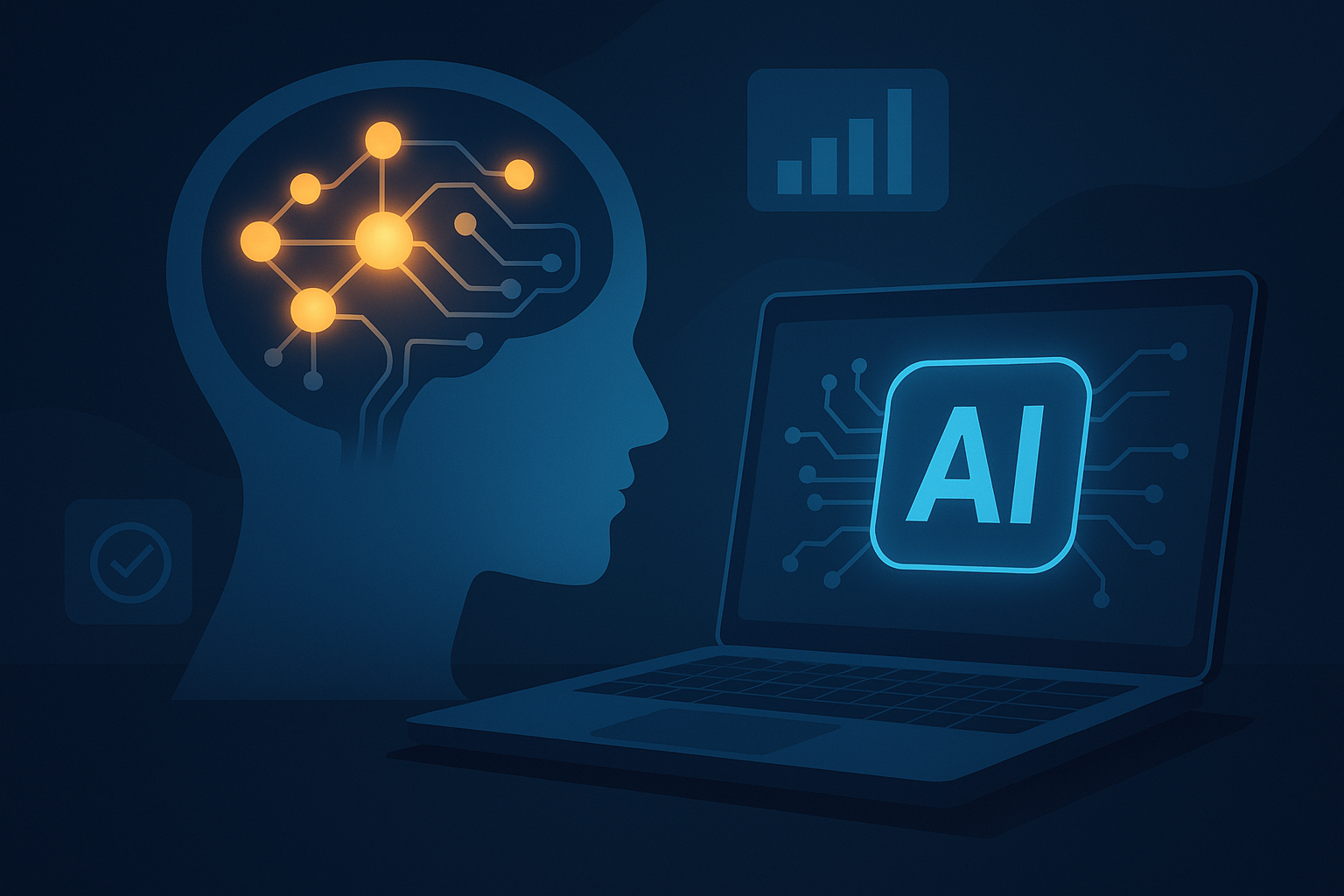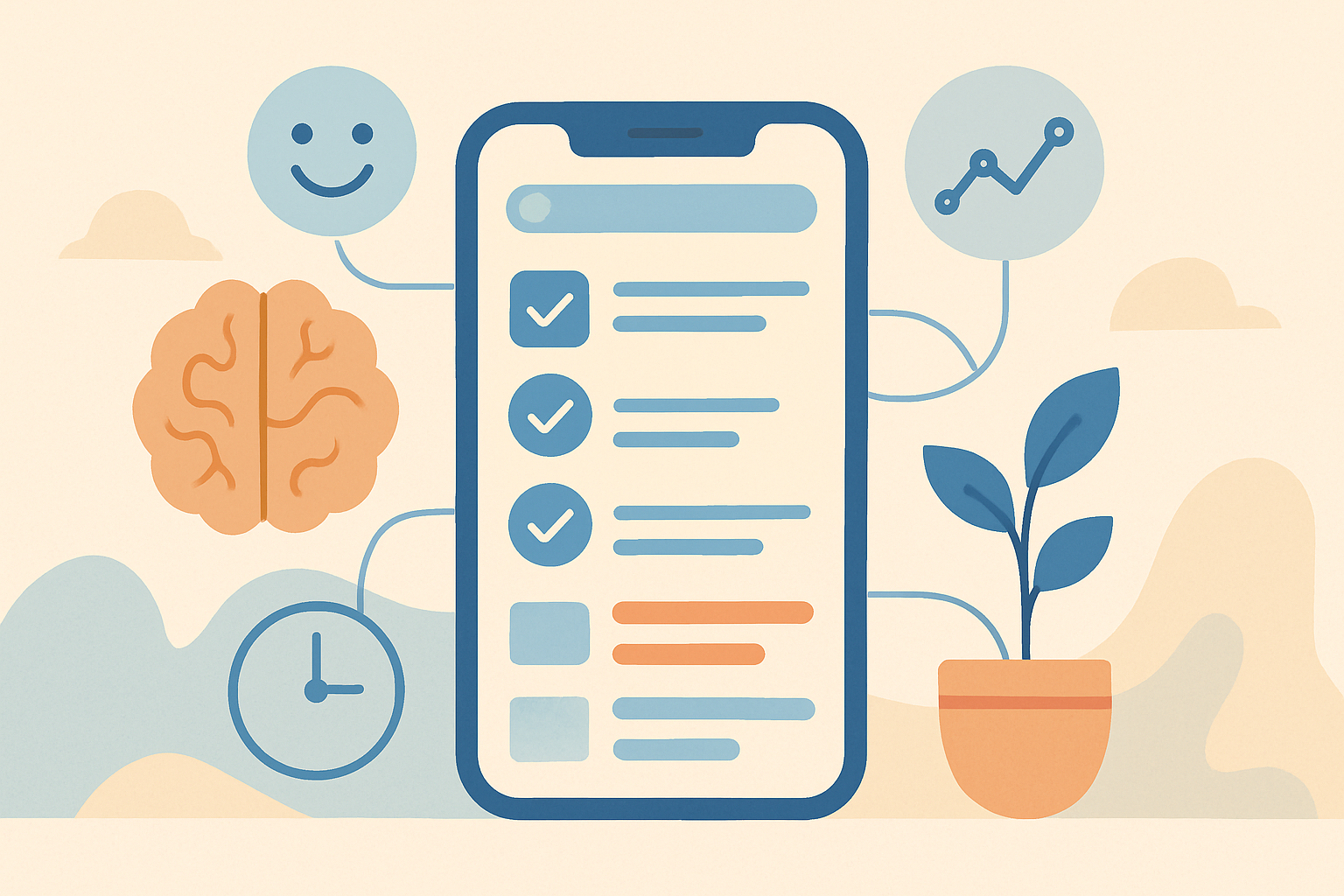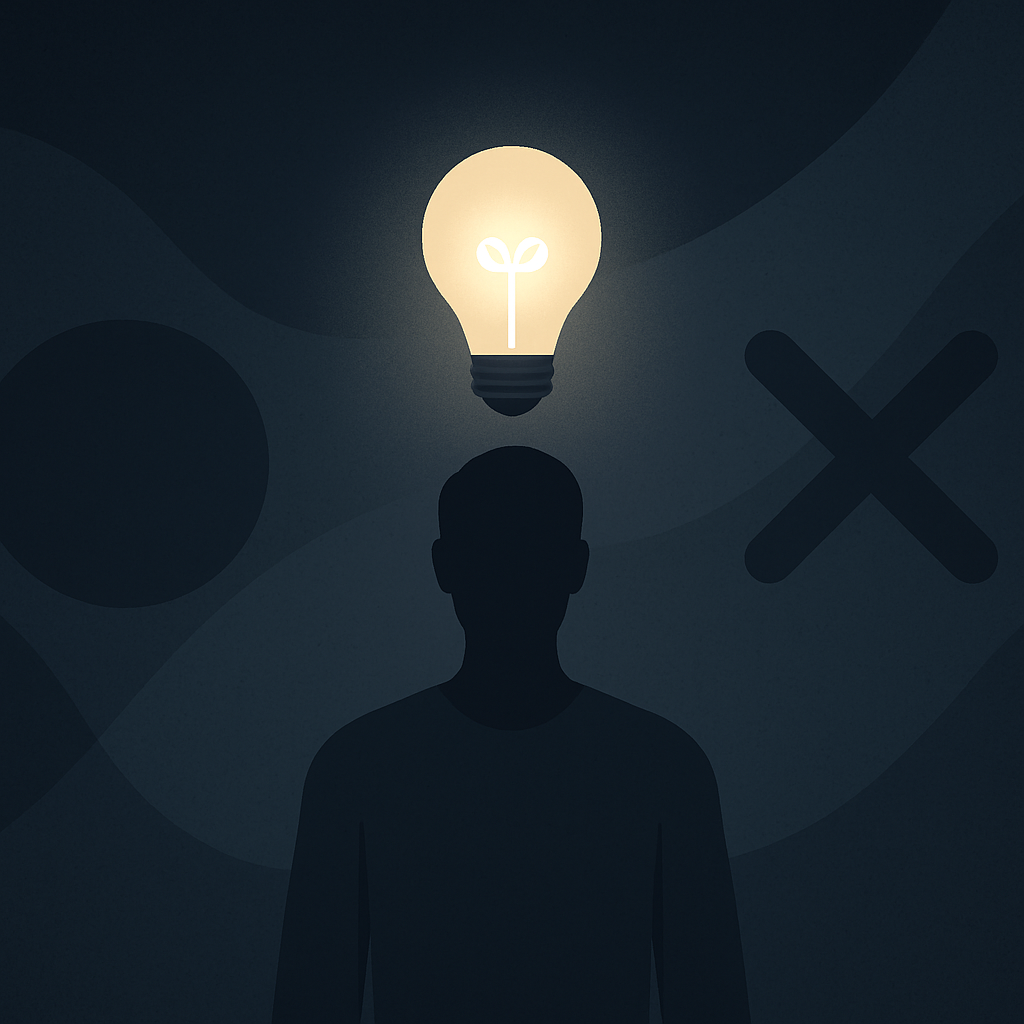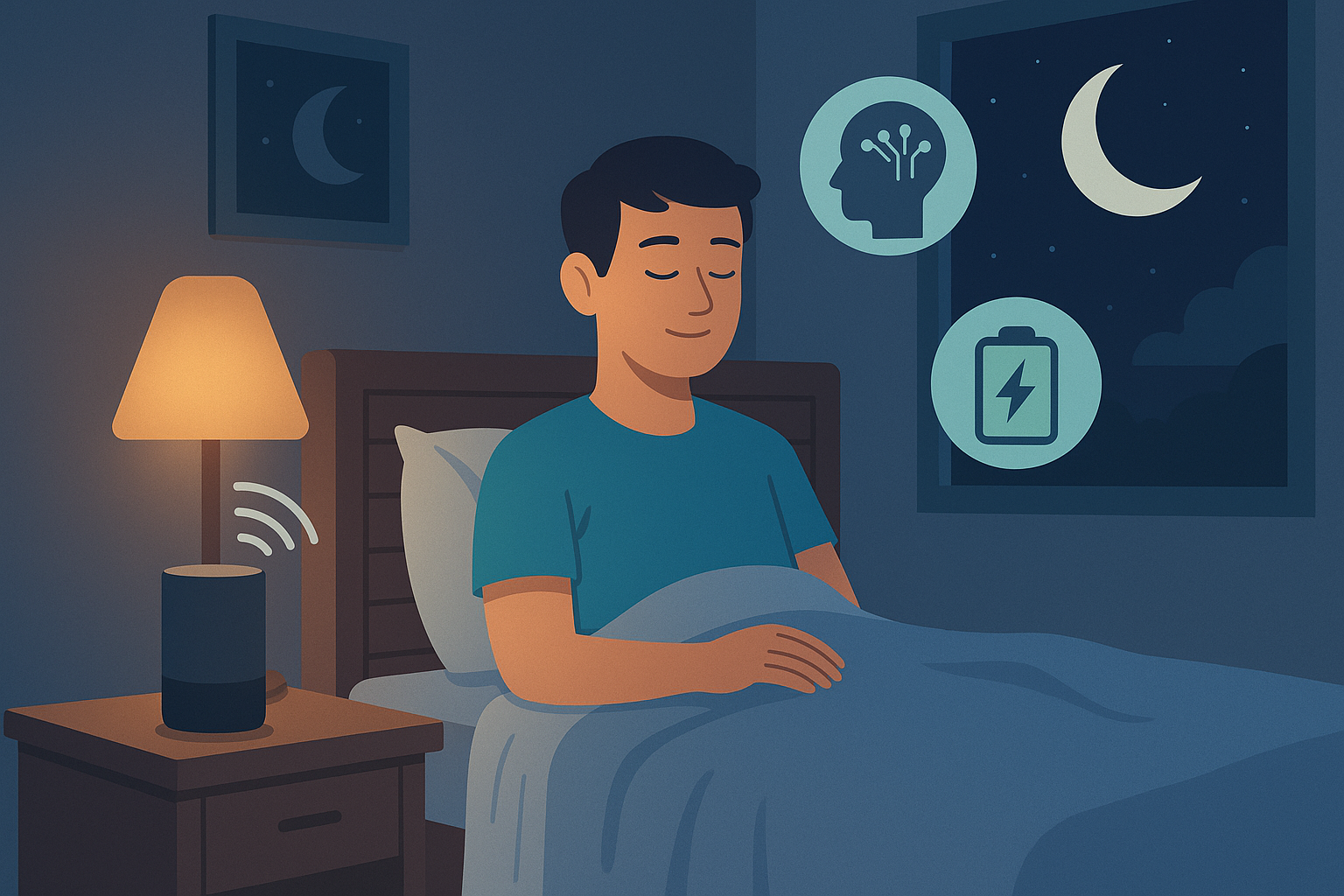Mental Focus is no longer just about willpower — it’s about systems. In a world of constant pings, alerts, and open tabs, even the most disciplined mind struggles to maintain clarity. The solution isn’t to fight distraction harder but to work smarter by using technology that supports attention instead of sabotaging it.
Today, artificial intelligence gives us something new: tools that actively train mental focus throughout the day. From apps that filter digital noise to assistants that analyze your attention patterns, AI can now act as a cognitive partner, helping your brain build lasting habits of concentration.
This is the new era of focus — one where science, software, and self-awareness merge into a single, intelligent workflow.

Understanding Mental Focus in a Digital Context
To understand how AI improves focus, you first need to see what modern distraction looks like. Every day, the average person switches tasks over 300 times. Each micro-switch — from browser to email, from Slack to phone — fragments cognitive energy. This “attention residue” accumulates until mental fatigue sets in.
AI tools break this loop by tracking, predicting, and correcting distraction patterns before they spiral. Think of them as real-time coaches for your attention span. They don’t just block distractions; they help you retrain your brain to sustain mental effort longer.
Let’s explore the key types of AI tools that make this possible — and how to integrate them into your daily routine.
Mental Focus AI Tools for Deep Work Sessions
When you enter a state of deep work, your brain produces fewer random neural firings, focusing energy on a single stream of activity. The goal is to stay in that state for as long as possible — ideally 45 to 90 minutes — without external interference.
AI can assist by controlling your environment automatically.
For instance:
| Tool | Function | Use Case |
|---|---|---|
| Brain.fm | AI-generated focus music | Syncs brainwaves to increase attention and reduce fatigue. |
| Serene AI | Deep work timer + distraction blocker | Locks distractions while guiding you through focus sessions. |
| Motion | AI schedule optimizer | Plans your day dynamically based on energy and focus patterns. |
Example in action:
You start your morning with Motion analyzing your sleep data from Oura Ring. It identifies 9–11 a.m. as your cognitive peak and schedules deep work during that window. Serene AI activates “Focus Mode,” closing notifications. Brain.fm launches adaptive soundscapes tailored to your mental state.
Within seconds, your digital ecosystem adjusts itself to protect your mental focus — no friction, no wasted willpower.
Smart Mental Focus AI Systems That Track Your Attention
Not all distractions are external. Sometimes the challenge lies in understanding your internal focus cycles — when your brain performs best and when it drifts. AI tracking tools provide this insight using behavioral and biometric data.
Tools like RescueTime, Reclaim, and Reclaim AI Focus Analytics monitor your app usage, categorize it into “productive” vs. “neutral,” and visualize your daily attention curve.
Here’s an example visualization that many users see after two weeks of consistent monitoring:
| Time of Day | Average Focus (%) | Common Distraction | Suggested Adjustment |
|---|---|---|---|
| 8–10 a.m. | 78 | Email overload | Block mail apps during morning deep work. |
| 11–1 p.m. | 64 | Messaging apps | Mute Slack, use scheduled responses. |
| 3–5 p.m. | 52 | Browser hopping | Use site blockers + short recovery walks. |
The takeaway: AI can quantify focus like a fitness tracker measures heart rate. Once you see your concentration peaks and valleys, you can schedule your hardest cognitive work at the right times instead of fighting your biology.
Using Mental Focus AI to Eliminate Micro-Distractions
AI’s biggest advantage is automation — it handles attention leaks before they happen. A few seconds of distraction might seem harmless, but cognitive studies show it can take over 20 minutes to fully regain original focus.
Freedom, Cold Turkey Blocker, and Opal AI use adaptive blocking systems that evolve as your habits change. Instead of a static blacklist, the software learns which apps or websites derail you most often.
Example:
If you tend to open YouTube after completing small tasks, the AI will detect the behavioral pattern and apply temporary restrictions automatically. Over time, this prevents “dopamine loops” — those small reward cycles that keep you scrolling instead of creating.
Another layer of protection comes from Notion AI integrations that summarize incoming messages or emails. Instead of checking multiple platforms, you get a digest of relevant updates once per hour, keeping your brain in “single-stream mode.”
Cognitive Feedback: When AI Becomes a Focus Coach
Imagine if your computer could tell you when your mind starts wandering — not by reading thoughts, but by detecting digital signals of distraction. This is the frontier of cognitive feedback systems.
Startups like MindPortal, NeuroNode, and Kernel Flow experiment with wearables that track neural activity through EEG sensors. Their goal: translate brainwave changes into feedback loops for improved attention training.
You don’t need futuristic gear to start, though. AI assistants like Reclaim AI, Tability, or Flow State Tracker analyze your typing rhythm, window switching, and idle time to gauge engagement. If your activity drifts, you receive subtle reminders: a notification that says “You’ve switched tasks five times in three minutes — want to refocus?”
These micro-interventions, while simple, create awareness — and awareness builds focus.
How to Build a Daily Routine with AI Focus Support
Instead of downloading dozens of apps, think of your mental focus system as an integrated cycle: plan → focus → reflect → adapt. AI tools can automate each phase.
Below is a visual summary of how a simple daily structure might look when powered by intelligent tools:
| Phase | AI Tool Example | Purpose |
|---|---|---|
| Plan (morning) | Notion AI / Motion | Prioritize key tasks and schedule deep work blocks. |
| Focus (midday) | Brain.fm / Serene AI | Maintain flow through adaptive sound and distraction blocking. |
| Reflect (afternoon) | RescueTime / Reclaim AI | Analyze focus quality and energy dips. |
| Adapt (evening) | ChatGPT / Notion AI | Summarize the day, identify patterns, and adjust schedule. |
Practical application:
After one week, your system begins to learn from your behavior. Motion shifts your deep work sessions to the hours when RescueTime shows peak attention. Brain.fm adjusts sound intensity based on duration of previous sessions. ChatGPT summarizes your productivity insights every Friday.
This combination doesn’t just enhance focus — it builds self-awareness.
The Neuroscience Behind Why AI Helps
AI doesn’t give you more willpower; it gives your brain fewer excuses. The human prefrontal cortex tires quickly when forced to filter constant input. Automation preserves mental energy for what matters most: meaningful work.
A 2024 study from Stanford found that external “attention scaffolding” — systems that reduce decision fatigue — improved concentration time by 37%. AI acts as that scaffold. It automates routine decisions (when to work, what to block, what to ignore), freeing cognitive bandwidth for creative and analytical thinking.
By removing friction, AI strengthens the neural pathways associated with sustained attention, similar to how regular training strengthens muscle memory. Over time, this leads to longer, more natural periods of deep focus without technological assistance.
Example: A Freelancer’s AI Focus Workflow
Let’s visualize a realistic workflow that any professional could adopt.
Profile: Sofia, a freelance UX designer. She works remotely and struggles with context-switching between design tools, clients, and admin tasks.
Setup:
- Planning: Uses Motion AI to create a daily structure around high-focus hours.
- Execution: Activates Brain.fm and Serene AI for 90-minute deep sessions.
- Tracking: RescueTime monitors distractions.
- Reflection: ChatGPT summarizes patterns and recommends small optimizations.
After a month, Sofia reduces her daily task-switching time by 41%. She reports feeling less mentally fatigued and finds it easier to enter flow states on demand.
This system doesn’t replace her discipline — it amplifies it. AI acts as her cognitive mirror, showing when her attention drifts and when it flows.
The Hidden Benefit: Rest as a Productivity Multiplier
Sustained focus isn’t just about control; it’s also about release. The brain needs deliberate downtime to process information, consolidate memory, and reset its attentional circuits.
AI wellness tools like Calm, Endel, or Headspace AI analyze your stress levels and suggest optimal recovery methods. They adapt breathing exercises, ambient sound, or guided meditations to match your current cognitive load.
Taking these micro-pauses can restore mental focus more effectively than powering through fatigue. When you combine rest intelligence with work intelligence, you achieve sustainable concentration instead of burnout.
Integrating Everything Into One System
Once your tools are connected, the process becomes seamless:
- Your AI planner (Motion) optimizes your schedule.
- Your focus layer (Brain.fm, Serene AI) guards your environment.
- Your tracker (RescueTime) collects insights.
- Your reflection engine (ChatGPT or Notion AI) transforms data into action.
This architecture turns your digital life into a closed loop of attention training — effortless, personalized, and evolving over time.
Each day you use it, the system gets smarter. It learns when your attention peaks, when to block distractions, and how to maintain balance. The end result is not dependence on technology, but the opposite: a mind that has learned how to stay focused, no matter the noise.
Conclusion
AI has transformed focus from a personal struggle into a trainable, measurable skill. By building an intelligent ecosystem around your mental focus, you create the conditions for deep concentration every single day.
The future of productivity isn’t about doing more — it’s about doing better, with intention, rhythm, and clarity. Let AI handle the noise so your mind can return to what it does best: thinking deeply, creating meaning, and staying present in the work that matters.
Suggested readings:
- Brain.fm: The Science of Focused Music
- Stanford Neuroscience of Attention Study (2024)
- RescueTime Blog: Measuring Attention in Remote Work
Blog
This section provides an overview of the blog, showcasing a variety of articles, insights, and resources to inform and inspire readers.
-

AI Habit Tracking and the New Rhythm of Modern Self-Improvement
AI Habit Tracking. Progress used to depend on discipline. Now, it depends on data.…
-

AI Decision Making and the New Discipline of Intentional Living
AI Decision Making. Every “yes” has a cost. Every time you agree to something…
-

The Perfect AI Night Routine to Sleep Better and Think Smarter
AI Night Routine. Your morning doesn’t begin when you wake up — it begins…
